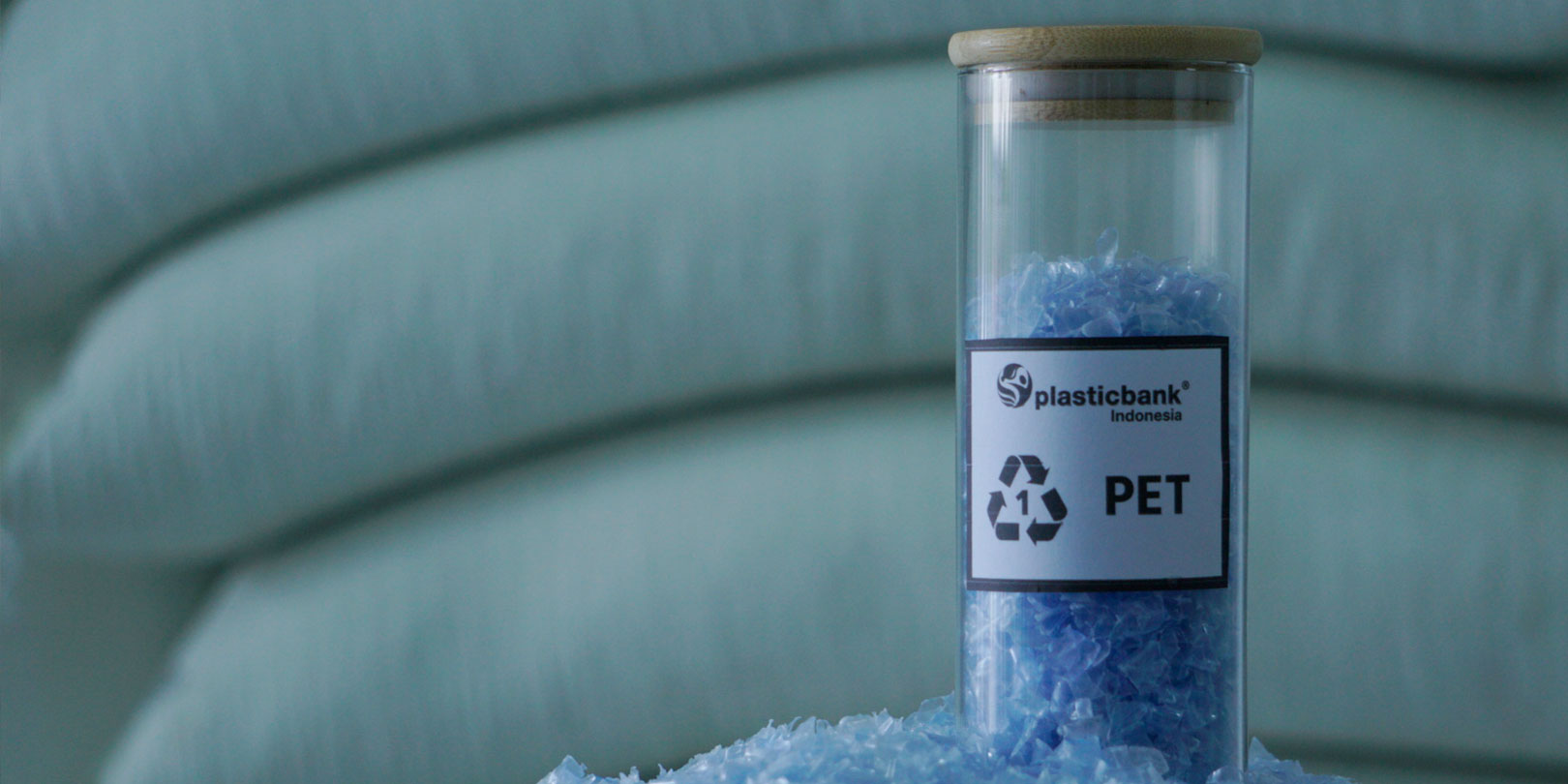As the world grapples with the escalating challenges of plastic pollution and social inequality, some corporate social responsibility examples emerge as a beacon of hope. Plastic Bank, a pioneer in the field, stands at the forefront, redefining CSR through innovative solutions like Social Plastic®. In this comprehensive guide, we delve into frequently asked questions surrounding Social Plastic®.
Corporate Social Responsibility Examples | FAQs about Social Plastic®

What Happens to Plastic After it is Collected at a Plastic Bank Collection Branch?
After collection, the plastic is recycled and processed into a new raw material called Social Plastic® feedstock which can be purchased by manufacturers and integrated into new products and packaging. Plastic that does not get licensed as Social Plastic® feedstock is sold as commodity plastic to ensure ongoing recycling flows are maintained at all times. This completes the loop – creating a sustainable, circular economy for plastic. To learn more about how we empower a circular economy for plastic, see our About Page.
What makes Social Plastic® Feedstock Different from Other Recycled Plastic?
One of the corporate social responsibility examples is making Social Plastic® feedstock. In general, it is recycled plastic feedstock, but not all recycled plastic feedstock is Social Plastic® feedstock. The purchase of Social Plastic® feedstock helps coastal communities with additional income and life-improving benefits that help them pave a path out of poverty, thus creating environmental, social and economic impact.
Find a comparison chart linked here.
What Types of Social Plastic® are Available to Manufacturers?
Currently, Social Plastic® feedstock is available in four types:
- HDPE
- LDPE
- PET
- PP